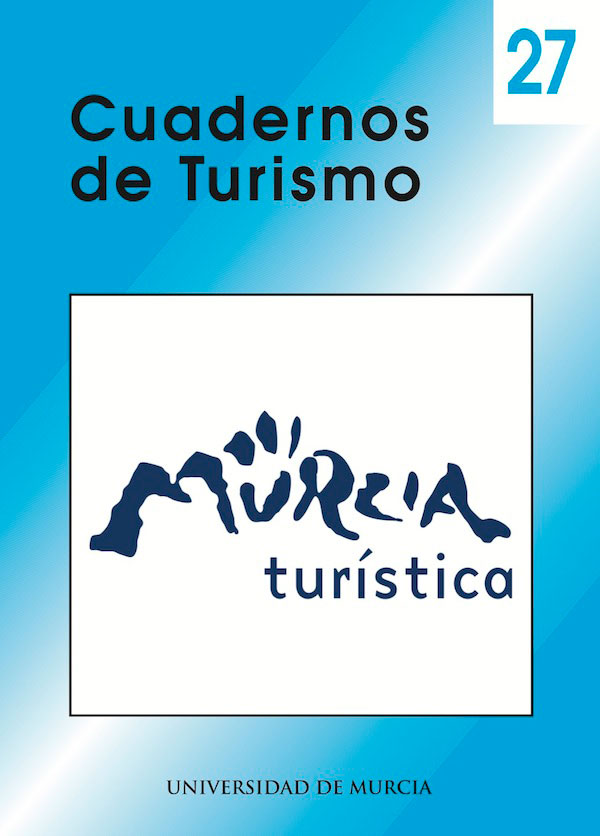From pilgrimage accounts to imaginary journeys in the Middle Ages. Literary and aesthetic clues on the evolution of the genre as an early patterning of touristic events
Abstract
This paper studies some of the primary sources related to medieval pilgrimage, especially concentrating in those passages which render visual and aesthetic details and, in doing so, transcend the practical and eschatological aims that the Christian hierarchy associated with pilgrim guides, such as the well-known Liber Peregrinationis in Codex Calixtinus (12th century). I believe that, to a certain extent, these passages would point to a human experience of travelling: a kind of precedent to later conceptions of the journey as a means to acquire knowledge, to explore the world, to fill one’s curiosity or simply to enjoy oneself. The second part deals with a proper literary text, like Mandeville’s Travels (14th century), which, however, owes a lot to previous pilgrim guides to the Holy Land and, as such, clearly reflects the evolution of the genre.Downloads
-
Abstract331
-
PDF714
-
PDF (Español (España))714
Las obras que se publican en esta revista están sujetas a los siguientes términos:
1. El Servicio de Publicaciones de la Universidad de Murcia (la editorial) conserva los derechos patrimoniales (copyright) de las obras publicadas, y favorece y permite la reutilización de las mismas bajo la licencia de uso indicada en el punto 2.
2. Las obras se publican en la edición electrónica de la revista bajo una licencia Creative Commons Reconocimiento-NoComercial-SinObraDerivada 3.0 España (texto legal). Se pueden copiar, usar, difundir, transmitir y exponer públicamente, siempre que: i) se cite la autoría y la fuente original de su publicación (revista, editorial y URL de la obra); ii) no se usen para fines comerciales; iii) se mencione la existencia y especificaciones de esta licencia de uso.
3. Condiciones de auto-archivo. Se permite y se anima a los autores a difundir electrónicamente las versiones pre-print (versión antes de ser evaluada) y/o post-print (versión evaluada y aceptada para su publicación) de sus obras antes de su publicación, ya que favorece su circulación y difusión más temprana y con ello un posible aumento en su citación y alcance entre la comunidad académica. Color RoMEO: verde.





_.jpg)







